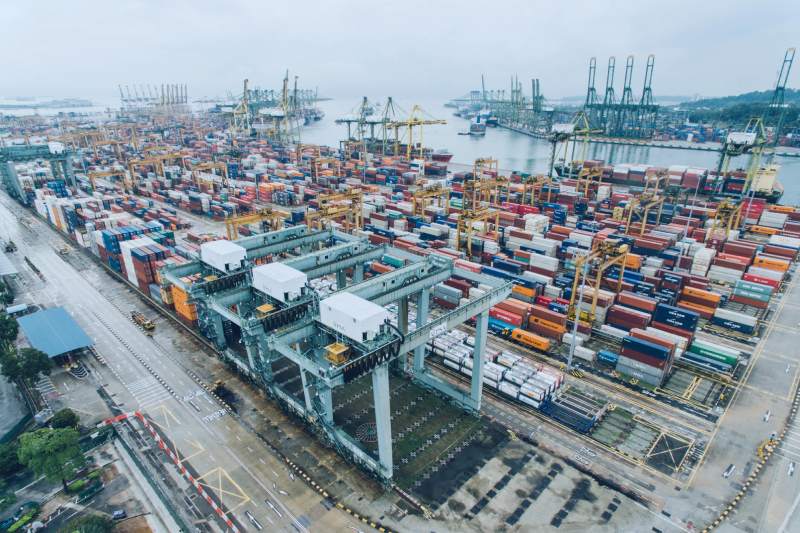Is there anything more valuable than freedom? Freedom is more engaging than anything else, nobody will enjoy captivity perhaps it can turn you mad it’s terrible than death itself.
You won’t be ready to get also exploit, will you? Instead of allowing it, you will find that’s sure. Are you conscious of the fact that in the past our workplace conditions individually also developed the aristocrats or the industrialists?
The rules were also create by them and it was for them. This violation ensued frustration and man’s inherent zest for liberty set the basis for democracy, government, judiciary, and also several federations like trade unions or labor unions.
Ours is a global economy rule by free trade policies, reforming labor laws, industrialization, and the rise of service industries, taking place in various production and construction industries. The economy has become more also desegregated. Restrictions to the free flow of goods, services, and capital are keeping way, and today one is being sincere when he passionately talks about loyalty and protection of homegrown industries.

Trade unions maintained a major role in offering solidarity and fraternity between the workers. It made the self-conscious, quiet and raised up their self-possession. Unions made extreme waves in the political front too. The struggle which they adds to its glory. The unions have wider margins now including international sectors and diversity.
Table of Contents
Trade union strategy
Trade union strategy is describe as the ‘characteristic style’ of the interaction of union with its surroundings (Boxall, 2008). It’s a story that a trade union will use conventional methods or strategic planning.
Associations utilize a scope of hierarchical structures and political procedures to create technique—standing committees, annual conferences, free deals among power-brokers, command directives, direct action, and so on.
Like other trade unions exhibit strength and vulnerability of existing structure and process which show the unions the chance that their approach—their characteristic way of behaving will ride further.
The following points highlight the three main basic strategies of a trade union to raise wages of its members.
The strategies are 1. Supply Restrictions 2. Bargaining Power 3. Increase in Demand.
Union Strategies:
A trade union can use three primary strategies to raise the wages of its members. These plans may now be address separately.
Strategy # 1. Supply Restrictions:
The easiest way of increasing wages is to reduce the supply of competing labour. Thus if a union can favorably decrease the supply of labor, essential wage rates will automatically result.
Different methods may be adopt by trade unions to restrict the supply of labour to different occupations and jobs such as licensing conditions, long apprenticeship programs, immigration restrictions, high initiation fees, opposition to admit new members to the union, and prescription of non union workers from taking jobs.
Strategy # 2. Bargaining Power:
The second way of increasing wages is to practice collective bargaining power. If trade unions have sufficient economic power a strike, by even a very small percentage of active employees, can sometimes stop the flow of production.
Strategy # 3. Increase in Demand:
The demand for labour service in a unionized industry is limited by factors outside the direct authority of the union, such as the availability of substitute inputs and the need for the product of the firm. However, if trade unions can require greater control on others, labor productivity will rise.
In such a situation companies will willingly accept the demand for higher wages.





